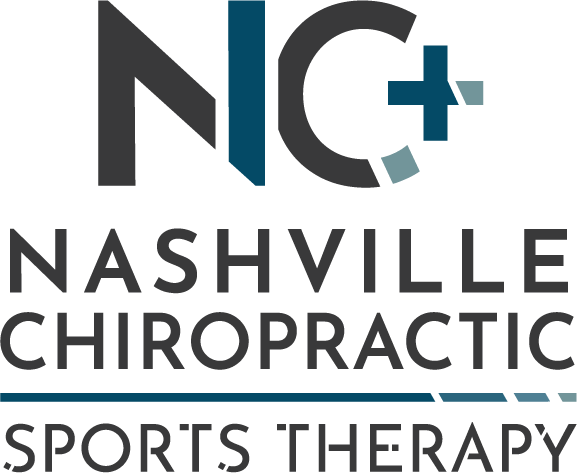It's been all over the news lately. America has an opioid problem. Opioids are narcotic pain medications that are derived from opium to produce morhpine-like effects. When overused these drugs can become very addictive leading to a whole myriad of personal and social impacts. Many that become addicted to pain killers end up overdosing and/or switching to heroin, which can be more easily obtained.
So why do we have this problem? Historically, physicians were told they were under treating pain, and the treatment for pain was opioid medication. Unfortunately, that lead to over-prescribing of these potentially dangerous drugs.
Inherently, the drug is not the problem. It's the unnecessary use and quantity prescribed that is the problem. As a chiropractor, it is common for patients to come to our office in so much pain that it is difficult for us to perform chiropractic treatment on them. In these cases a medication for pain, for a few days at most, would be nice to allow us to perform conservative treatments that may be necessary to more quickly alleviate their complaints. The reality is that most people with pain end up at their primary care physician's office and are prescribed pain killers, often a month's supply at a time. The patient continues to take the medication longer than needed and can become addicted.
The problem is not necessarily the prescriber, but an education history and treatment precedence. More education needs to be presented to our primary care physicians so they can see the benefit of conservative treatment like chiropractic care as a first-line treatment instead of potentially addictive opioid medication. These drugs should be reserved for more dire circumstances and for less standard duration. The patients should then be monitored more closely and frequently instead of prescribed in larger quantities.
To reiterate, we are not saying that the opioids, the physicians, or the patients are to blame. All could be more educated and guided on their decisions to use these medications in hopes of preventing another epidemic like the one we are currently experiencing.
There is a time and place for everything. I hope as physicians we can utilize each other and put the focus on the patient and what's best for them in the short term as well as the long term.
